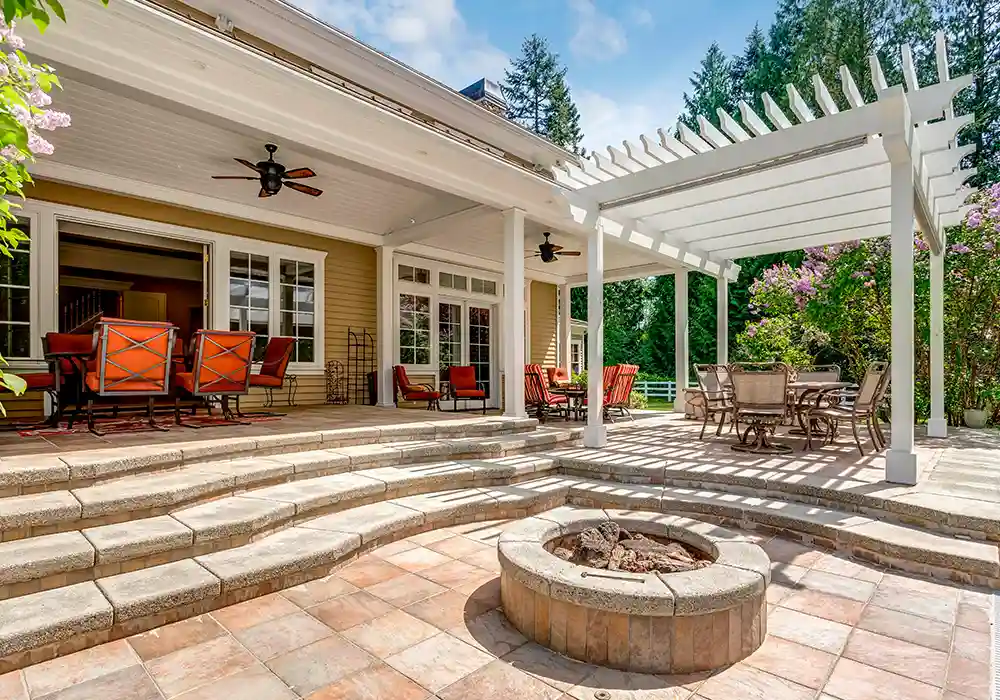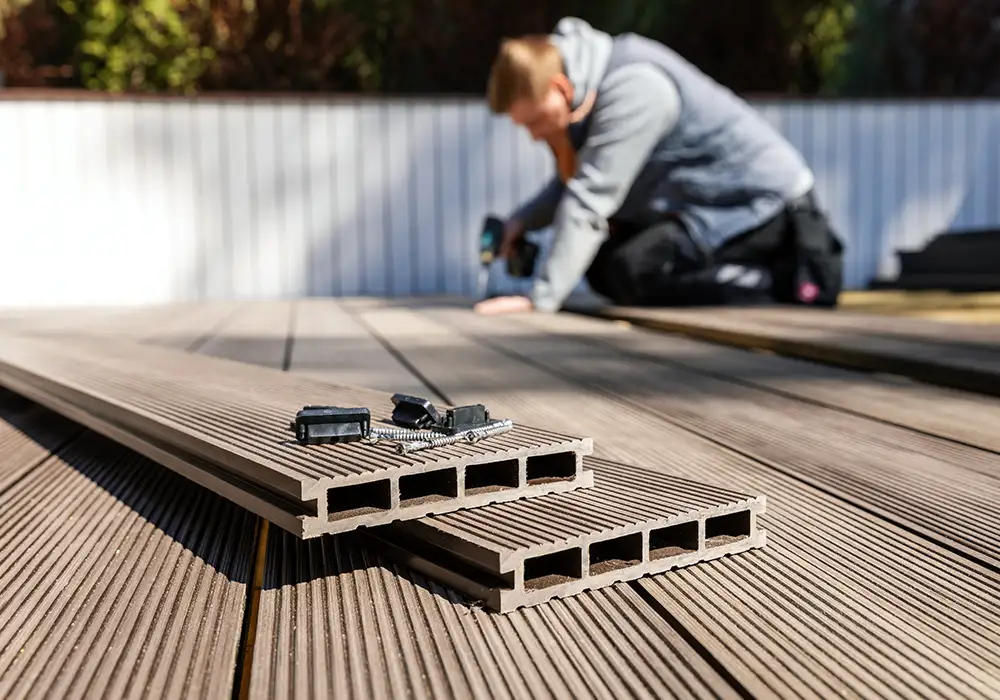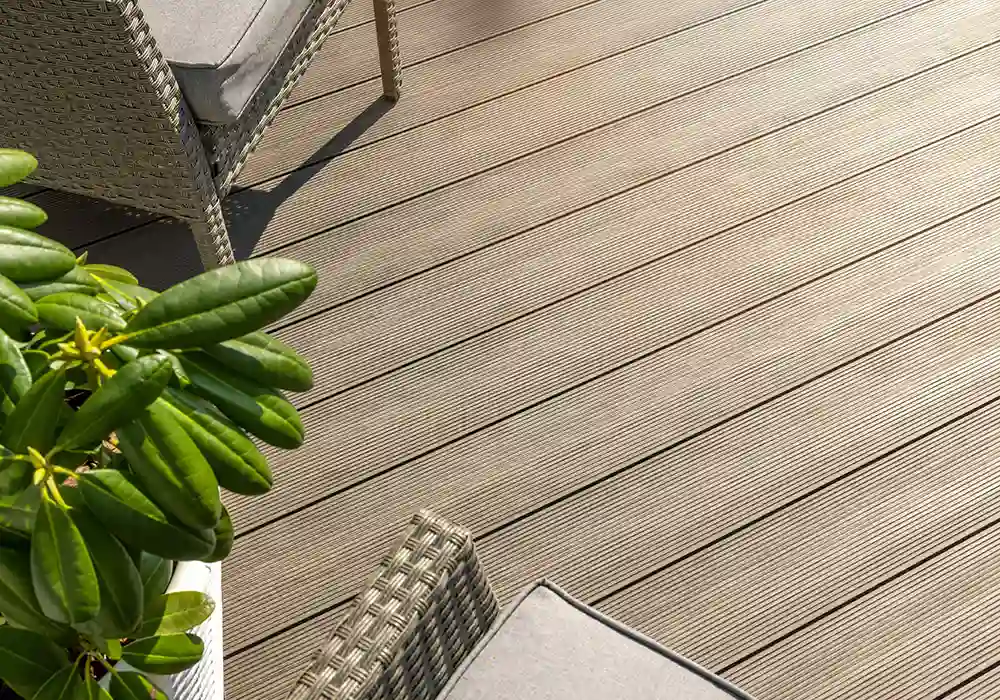The deck is an extension of your home, an outdoor recreational area where you can relax, entertain friends and family, and enjoy the outdoors. When choosing flooring for your deck, it is important to consider not only aesthetics but also durability, resistance, and ease of maintenance. Below, we will discuss the types of flooring you can install on your deck and which one is best for your needs.
Types of flooring to install on your deck
There is a variety of materials that can be used to cover your deck, such as hardwood, composite, ceramic, stone, among others. Let’s talk a little about each one of them.
- Hardwood: Hardwood is a classic and timeless material for decks. It is the ideal choice for those seeking a rustic and natural look. However, it requires regular maintenance and treatment against moisture and insects.
- Composite: Composite material is a mixture of recycled plastic and wood fibers. It is durable and stain-resistant, and does not require frequent painting or maintenance.
- Ceramic: Ceramic deck tiles come in a wide variety of colors and patterns, are wear and scratch-resistant, and easy to clean. However, this material can be slippery when wet and has a higher cost.
- Stone: Natural stone is strong and durable, and comes in a variety of textures and colors. However, it is heavier and more expensive than other materials, and requires regular maintenance.

What is the best flooring to install on a deck?
Among the types of flooring mentioned, composite is the most recommended choice for most deck owners. This is due to its durability, resistance, and ease of maintenance.
Composite flooring is resistant to cracks, termites and other insects, and does not require frequent painting or maintenance. It is also easy to clean, usually only needing to be swept and washed with water and mild soap. It is an eco-friendly choice, made from recycled and renewable materials.

Benefits and advantages of composite flooring
Composite flooring has a number of benefits and advantages over other deck flooring materials. Some of these include:
- Durability: Composite is resistant to cracks, termites, and other insects, as well as able to withstand the weather elements.
- Ease of maintenance: It doesn’t require frequent painting or maintenance, and is easy to clean.
- Aesthetics: There are many colors and patterns available to choose from, which can mimic the look of hardwood, stone, or ceramic.
- Safety: Composite flooring is slip-resistant than other materials, even when wet.
- Eco-friendliness: It is made of recycled and renewable materials, making it an environmentally friendly choice for those who care about the environment.
- Investment: Although composite flooring has a higher initial cost than other deck flooring materials, it is a long-term investment due to its durability and ease of maintenance.
- Versatility: Composite flooring can be installed in various outdoor areas such as balconies, terraces, and around the pool.

Care you should take after installing composite flooring on your deck:
- Clean it regularly;
- Avoid harsh chemicals;
- Avoid placing heavy objects on the floor;
- Always seek a professional for maintenance when needed.

When choosing flooring for your deck, it is important to consider the material’s durability, resistance, and ease of maintenance. Although there are several options available, composite flooring is the most recommended choice due to its benefits and advantages. Additionally, it is an environmentally friendly choice, made from recycled and renewable materials. So, if you are looking for flooring for your deck that is durable, resistant, and easy to maintain, composite flooring is the ideal choice.
Acess our website to see more useful tips like these.


